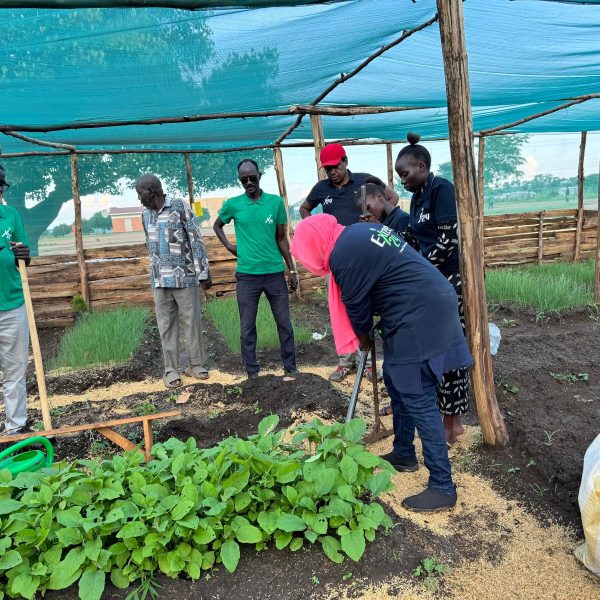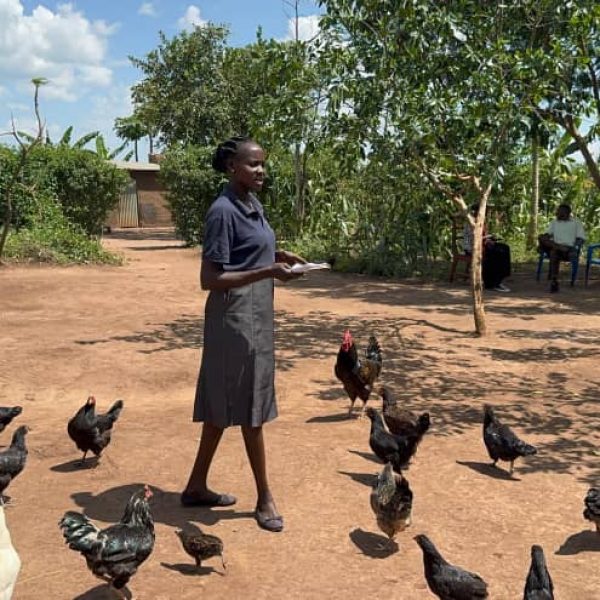History
Our story
Kiryandongo Refugee Settlement, hosts over 100,000 people. It is a home for refugees from Burundi, DR Congo, Rwanda, and Kenya and is dominated by refugees from South Sudan. The Kiryandongo district region is poorer than the national average, with the majority of households (80%) relying on subsistence farming for their primary source of income (although 91% have other household-based businesses that are not related to agriculture). Only 12.5% of adults over the age of 18 have access to electricity, and 23% of families are more than 5 kilometers from a public or private health facility. 42% of people over the age of 18 are illiterate.
At least 80% of Uganda’s refugees live below the international poverty line of US$1.90 per day, despite Uganda’s progressive policies towards allowing refugees to open businesses, own land, and look for jobs.
According to 2018 Poll, refugee households typically have lower levels of resilience than households in the local host community because they have less income diversity, less productive assets, and the limited variety of crops cultivated. Refugees most frequently work in agriculture (38% of them).
However, just 45% of host community households and 22% of refugee households in northern Uganda sell some of their products, despite the fact that 97% of host community households and 95% of refugee households are involved in agriculture.
Other challenges to agricultural production among both refugees and host community members are low levels of productivity and access to animal health services, high levels of post-harvest losses and crop diseases. For non-agricultural livelihood activities, barriers included lack of training, credit and business support services. Refugees also reported lack of social networks as an impediment to their livelihood and income-generating activities.
Rlsug Gallery

















Refugee livelihood Space
MAGAMAGA , BWEYALE TOWN, KIRYANDONGO DISTRICT , UGANDA
LIVELIHOOD SPACE
